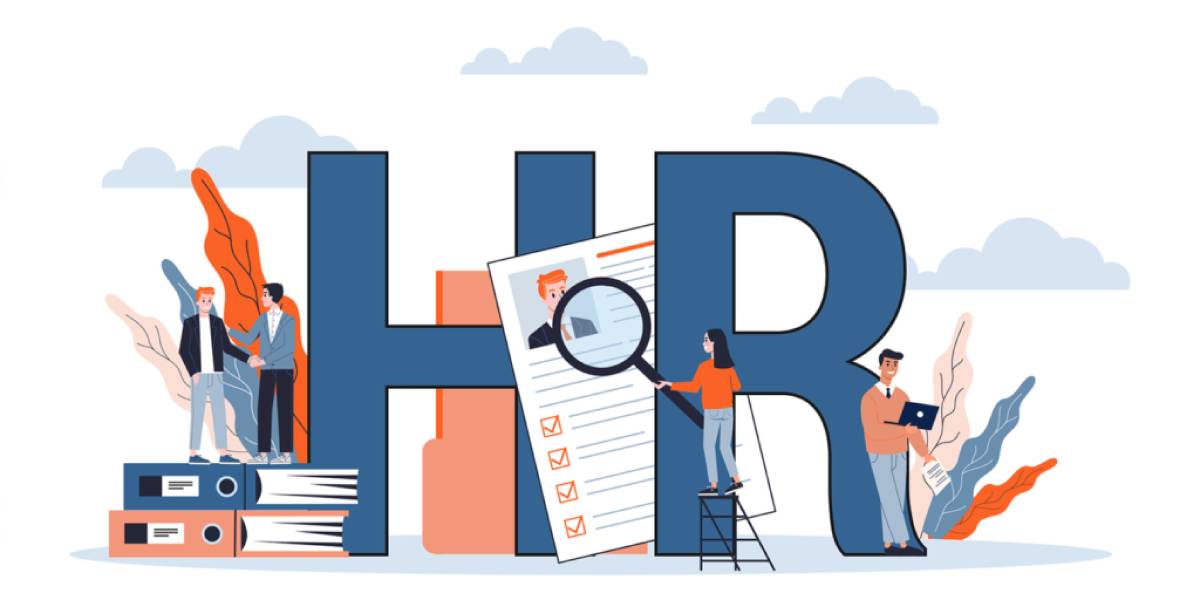Generally, “Direct hire” is a hiring process in which an employer hires a particular individual for a specific job position within the company. Normally, in a direct hiring arrangement, the employer mostly runs the whole recruitment process either on its own or with the help of a recruiting agency without involving any third-party intermediaries like staffing firms or temporary agencies.
The Strategic Advantage of Direct Hires
- Access to Top Talent: Direct hiring enables organizations to enjoy the advantage of recruiting from the best pool of talents as it offers them an opportunity to directly communicate with prospective employees. This strategy delivers companies with the possibility to reach candidates, who match the company’s business objectives and possess the desired skills, experience, and cultural fit.
- Cost Savings: Direct hiring itself can lead to saved costs because the organization does not have to use third-party agencies or recruiters. The companies that handle the recruitment process internally can avoid placement fees and save some of the expenses on hiring processes.
- Control Over Recruitment Process: Direct hires offer organizations the possibility of steering and tailoring this process as the need may be. Employers have the opportunity to develop custom-made hiring strategies, execute targeted recruitment, and retain the entire candidate selection and onboarding processes.
- Faster Time-to-Fill: This process also may facilitate quicker candidate turnaround as compared to the use of external recruiters or staffing agencies. The recruitment process is made smooth and intermediaries are removed which results in the saving of time in the hiring process with a decrease of time-to-fill vacancies.
- Enhanced Employer Branding: Direct hiring allows organizations to project their employer brand and work culture to a candidate through themselves. The companies can differentiate themselves from their competitors by offering a proper candidate experience and building strong connections with possible recruits. In this way, they can improve their market reputation as the employer of choice.
- Long-Term Talent Investment: A direct hire is a type of permanent staffing solution that aims at the long-term development of the recruitment and retention of workers. Through developing internal talent pipelines as well as investing in employee education, organizations can reinforce their in-house talents and help them drive sustainable business growth.
- Cultural Alignment: Even though this method is more costly and time-consuming the main advantage is that it helps to focus on cultural fit and company values. As a direct consequence of engaging with candidates and assessing cultural fit when hiring, businesses will have diverse teams and a pleasant working environment.
Direct Hire vs. Temp-to-Hire: Which Should You Choose?
Direct Hire:
The hiring process consists of recruiting and employing candidates for a permanent job within the company.
- Benefits:
-
- Provides long-term stability and commitment from employees.
- Allows organizations to attract top talent and invest in building a strong workforce.
- Reduces recruitment costs associated with temporary staffing agencies or contractors.
-
- Considerations:
-
- May have a longer time-to-fill position compared to temp-to-hire.
- Requires careful evaluation and selection of candidates to ensure a good cultural fit and long-term suitability.
- Involves higher upfront costs associated with onboarding and training permanent employees.
-
Temp-to-Hire
Temp to hire, usually abbreviated as temp-to-perm, refers to the method of hiring employees temporarily with the possibility of transitioning to permanent employment after a probation period.
- Benefits:
-
- Provides flexibility to assess a candidate’s skills, performance, and fit within the organization before committing to permanent employment.
- Offers shorter time-to-fill positions as temporary employees can start working quickly.
- Reduces the risk of hiring mistakes by evaluating candidates in a real-world work environment.
-
- Considerations:
-
- May incur higher costs in the long run compared to direct hire if temporary staffing fees are significant.
- Requires clear communication and expectations between the employer and temporary employee regarding the transition to permanent status.
- Temporary employees may feel uncertain about their job security or benefits during the trial period, affecting morale and productivity.
-
The factors that should be considered when deciding between direct hiring and temp-to-hire may include the organization’s hiring budget, the urgency in which the positions have to be filled, the long-term workforce planning, and the importance of the cultural fit of the employees. Direct hire is suitable for positions that require lengthy continuity as well as a high level of commitment; temp-to-hire is effective when evaluating candidates for permanent positions, allowing for flexibility and risk reduction. The decision-making process will vary from organization to organization, depending on what is most vital and relevant to them.
People also look for
What is a Key Responsibility Area (KRA)?
What is a Job Role? Meaning & Definition
What is KSA? Meaning & Definition
Training and Development in HRM
FAQs
Direct hiring offers access to top talent, cost savings, control over the recruitment process, faster time-to-fill, enhanced employer branding, long-term talent investment, and cultural alignment.
Direct hiring saves expenses on external agency fees and reduces the cost-per-hire by managing recruitment internally.
Control over recruitment allows employers to customize their hiring strategies and maintain consistency throughout the process, aligning with the company’s goals and values.
Direct hire is for permanent roles within the company, while temp-to-hire is a temporary employment with the potential to become a permanent position after a trial period.
